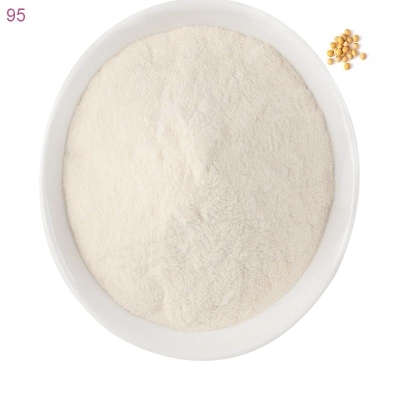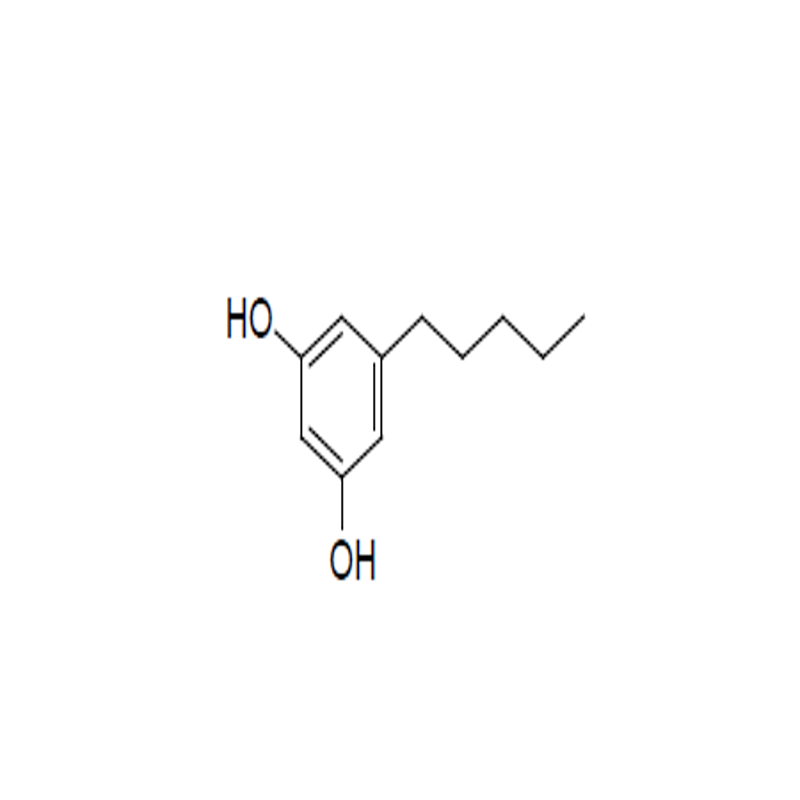-
Categories
-
Pharmaceutical Intermediates
-
Active Pharmaceutical Ingredients
-
Food Additives
- Industrial Coatings
- Agrochemicals
- Dyes and Pigments
- Surfactant
- Flavors and Fragrances
- Chemical Reagents
- Catalyst and Auxiliary
- Natural Products
- Inorganic Chemistry
-
Organic Chemistry
-
Biochemical Engineering
- Analytical Chemistry
- Cosmetic Ingredient
-
Pharmaceutical Intermediates
Promotion
ECHEMI Mall
Wholesale
Weekly Price
Exhibition
News
-
Trade Service
| Successful creation of new plant-type excellent germplasm for close-tolerant rapeseed |
CRISPR/Cas9 knock out the rapeseed BnaA03.
BP gene to optimize its plant structure
BP gene to optimize its plant type structure.
Photo courtesy of Oilseeds Research Institute, Chinese Academy of Agricultural Sciences CRISPR/Cas9 knockout rapeseed BnaA03.
BP gene to optimize its plant type structure.
A few days ago, the team of Academician Wang Hanzhong of the Oil Research Institute of the Chinese Academy of Agricultural Sciences created a new plant-type germplasm of dense-tolerant rapeseed through gene editing technology, which has important theoretical guiding significance for promoting the new green revolution of rapeseed with super-high density and super-high yield
.
Related research is published online in " Plant Biotechnology Journal "
.
Plant Biotechnology Journal
The plant height and branching angle of rapeseed are the key components of its plant type, which directly affect the lodging resistance and seeding density.
Rape breeders believe that the compact type may be the "ideal plant type" for achieving high yield and dense planting of rapeseed
.
The researchers designed a specific target and used the CRISPR/Cas9 gene editing system to knock out the BnaA03.
BP gene in spring rapeseed to obtain a semi-dwarf, branch angle reduced editing line
.
Compared with the control, the plant height of the edited plant was reduced by about 16%, and the branch angle was reduced to 14°, but there was no significant difference in the number of branches, the number of siliques per plant, and the yield per plant
.
The research was funded by the National Natural Science Foundation of China and the major task of the Science and Technology Innovation Project of the Chinese Academy of Agricultural Sciences
Related paper information: https://doi.
https://doi.
org/10.
1111/pbi.
13703







